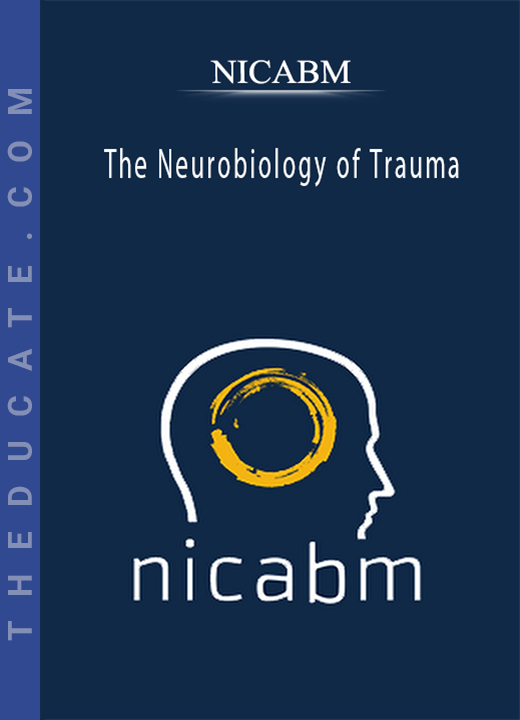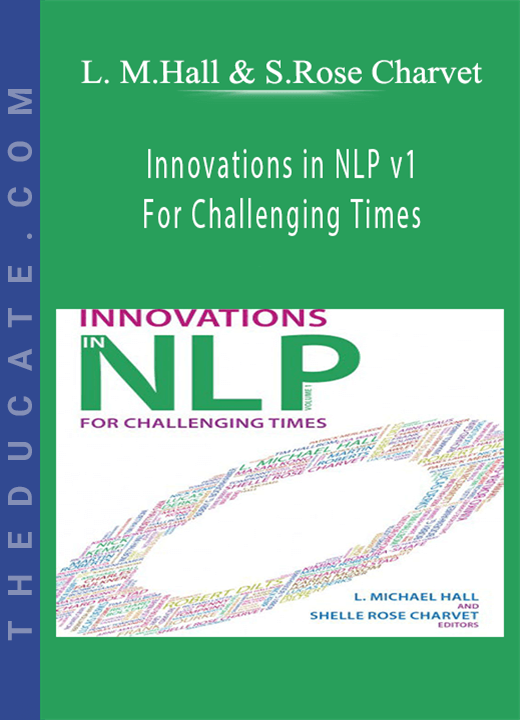Description

NICABM – The Neurobiology of Trauma
The Neurobiology of Trauma and How to Apply It To Your Work with Clients
During a traumatic event, the survival brain can take over and knock critical thinking offline.
To fully help clients heal from trauma, we have to understand what’s happening in the traumatized brain – while the traumatic event is occurring as well as how the client gets held hostage to threat cues long afterward.
The brain is so important to working with trauma that we wanted to create a program that solely focused on how to treat it.
We’ll look at the specific brain areas that get altered by trauma, and how this neutralizes the client’s ability to problem-solve.
5 of the top experts in the world will share how they treat clients who struggle with trauma. This brand new program brings together the sharpest strategies for working with a traumatized brain.
The Neurobiology of Trauma

How Trauma Overloads the Brain and Takes Away Its Ability to Cope
Bessel van der Kolk, MD Dan Siegel, MD
- The key part of a traumatized brain that gives trauma such enormous power
- The critical factor that allows the brain to successfully cope with a traumatic event
- The brain science underlying neurobiological shut-down

How Trauma Impacts Specific Areas of the Brain (And How This Can Affect Your Treatment)
Ruth Lanius, MD, PhD Bessel van der Kolk, MD Dan Siegel, MD
- How the “survival brain” gets altered after a traumatic experience (and how to look for this in your client)
- Two hormones that leave the brain highly vulnerable when traumatic memories are forming
- What happens in the brain that makes some clients unable to distinguish threat cues from non-threatening stimuli
- The critical part of the brain stem impacted during trauma

How to Prevent Dissociation and Its Negative Influence on Trauma Recovery
Stephen Porges, PhD Pat Ogden, PhD Dan Siegel, MD
- Why dissociation may be driving your client’s trauma deeper into their nervous system
- How to work with dissociation and shift a client’s reaction to trauma
- One strategy to prevent dissociation and retrain a client’s trauma response

Strategies to Foster Powerful Brain Integration After Trauma
Pat Ogden, PhD Dan Siegel, MD
- Two distinct signs that your client might have impaired brain integration from trauma
- How the midbrain holds the key to the freeze response
- What posture reveals about a history of trauma, and how to work with it in the healing process

Epigenetics and the Brain: How Trauma Affects Gene Expression
Dan Siegel, MD
- Why systemic inflammation could be directly linked to how trauma impacts the brain
Here’s What You’ll Get:
Everything is yours to keep forever in your professional library
 |
Downloadable videos so you can watch at your convenience, on any device |
 |
Audio recordings you can download and listen to at home, in the car, at the gym or wherever you like |
 |
TalkBack Segments to distill key ideas (this is where we “land” the session) |
 |
Next Week in Your Practice sessions to give you concrete strategies to use with patients |
 |
Professionally-formatted transcripts of the sessions, to make review and action simple |
 |
Two downloadable bonus videos to help you work more effectively with trauma |






10 reviews for NICABM – The Neurobiology of Trauma
There are no reviews yet.